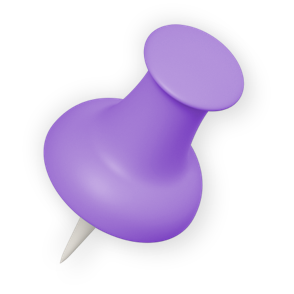Furniture designer
Design attractive and practical pieces of furniture that people will buy for their homes or workplaces.

About the job
Salary
Source: National Careers Service
Weekly
£385
Entry level
£731
Experienced
Monthly
£1,667
Entry level
£3,167
Experienced
Yearly
£20,000
Entry level
£38,000
Experienced
4,100
people are currently employed
High growth
200 more jobs in 5 years
These figures refer to this job and similar ones with comparable skills and qualifications. They only apply to Scotland. Source: Oxford Economics
What it's like
You would design attractive and practical pieces of furniture that people will buy for their homes or workplaces. You could design furniture to be mass-produced, made in small batches or as one-offs.
You could work for a furniture manufacturer or run your own business.
As well as considering the look of your design you will also need to make sure it is functional and that it can be produced at a price that people can afford.
You would:
Research your design ideas
Consider how the item will look and how practical or functional it will be
Work to a brief agreed with your client
Produce new designs, or improve existing ones if you work for a manufacturer
Check the cost, availability of materials and safety implications
Draw sketches by hand or using computer-aided design software (CAD)
You would work closely with other professionals such as production managers, marketing staff and design engineers.
Once you have your initial designs you would test your ideas using models, prototypes and computer-aided design software. Then you would prepare more detailed final designs, though in larger companies these may be worked up in detail by specialist staff.
You would need to be able to explain your ideas clearly.
If you are self-employed, you would market your work and do the budgeting and administration to run your own business.

Hours

Environment

Travel
Explore more information about this job
Here are some useful links to learn more about this career:
Like the sound of this career?
Browse courses in Scotland related to 'Furniture designer'
Select qualification level(s)
Other careers that you might like
Costume designer Fashion designer Interior designer Jewellery designer Product designer Set designer Textile designer
Related industries
Many jobs can be done in lots of different industries. We've highlighted the ones we think are most important for this job.
Creative
Top skills
Skills are things you're good at. Whether you know what yours are or not, everyone has them!
It's useful to learn which ones are important in a job so you know the areas you need to brush up on. It can also help you work out if you're suited to a career.
Here are some of the skills you'll need to do this job:
- developing a plan
- attention to detail
- researching
- observation
- working with numbers
- problem solving
- designing
- creative
- working with technology
- verbal communication

Your skills are important
Our unique skillsets are what make us stand out from the crowd. Learn about each skill in depth and discover what employers look for in your applications and interviews.
Getting in
Explore the sections shown for more information about getting into this career.
You might have qualifications which are not shown here but will allow you access to a course. You can compare your qualifications by looking at their SCQF Level. For more information about this, check out the SCQF website.
Always contact the college, university or training provider to check exactly what you'll need.
Colleges and universities will list subjects you'll need for entry to a course. Some useful subjects include:
Art and Design
Design and Manufacture
Practical Craft Skills
Practical Woodwork
Many new furniture designers have an HND, foundation degree or degree in a subject related to furniture design.
Relevant subjects include:
3D design
Spatial design
Furniture
Furniture and product design technology
Furniture design and make
Furniture and product design
You can enter a Furniture, Product Design or 3D Design National Certificate courses (SCQF level 5) with two National 5 qualifications (SCQF level 4/5).
You can enter Higher National Certificate (SCQF level 7) or Higher National Diploma courses (SCQF level 8) with National 4/5 qualifications and one to two Highers or equivalent qualifications.
To enter a Product Design or 3D Design degree (SCFQ level 9/10) requires National 5 qualifications and a minimum of threeHigher or a relevant HNC/HND.
Qualifications that show creative and practical craft skills and industry knowledge, such as Skills for Work Creative Industries (SCFQ level 5).
Work-based qualifications such as a Scottish Vocational Qualification in Furniture Making: Contemporary or Traditional (SVQ level 2/3).
A portfolio of your work when applying to courses and to jobs.
Explore over 22,000 courses in Scotland
Find the perfect course to boost your career.
